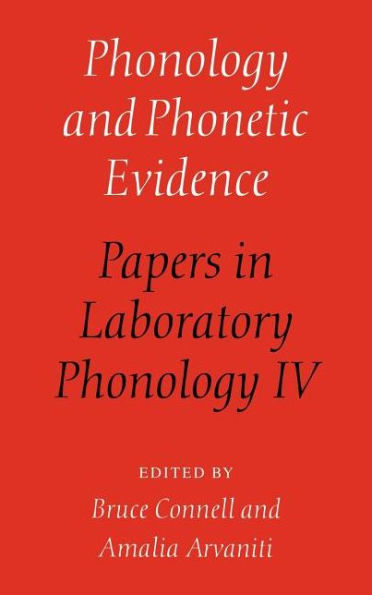5
1
9780521482592



Phonology and Phonetic Evidence: Papers in Laboratory Phonology IV available in Hardcover, Paperback

Phonology and Phonetic Evidence: Papers in Laboratory Phonology IV
- ISBN-10:
- 0521482593
- ISBN-13:
- 9780521482592
- Pub. Date:
- 09/14/1995
- Publisher:
- Cambridge University Press
- ISBN-10:
- 0521482593
- ISBN-13:
- 9780521482592
- Pub. Date:
- 09/14/1995
- Publisher:
- Cambridge University Press

Phonology and Phonetic Evidence: Papers in Laboratory Phonology IV
$140.0
Current price is , Original price is $140.0. You
140.0
In Stock

Product Details
| ISBN-13: | 9780521482592 |
|---|---|
| Publisher: | Cambridge University Press |
| Publication date: | 09/14/1995 |
| Series: | Papers in Laboratory Phonology , #4 |
| Pages: | 418 |
| Product dimensions: | 6.18(w) x 9.25(h) x 1.18(d) |
From the B&N Reads Blog
